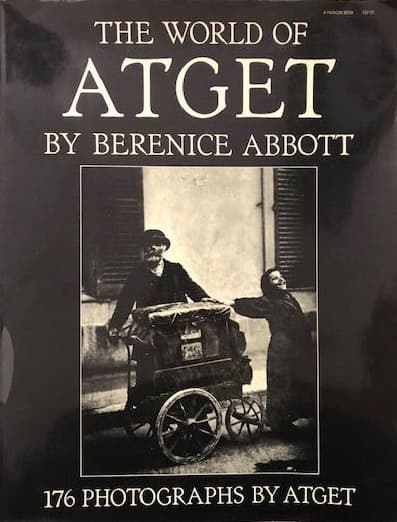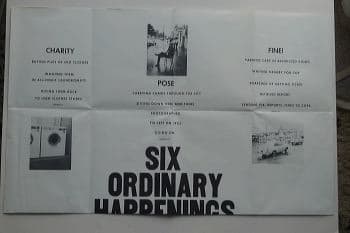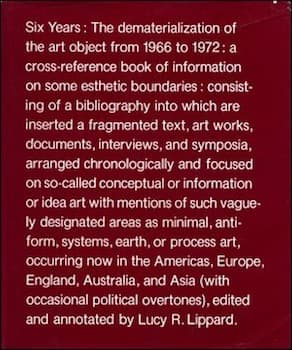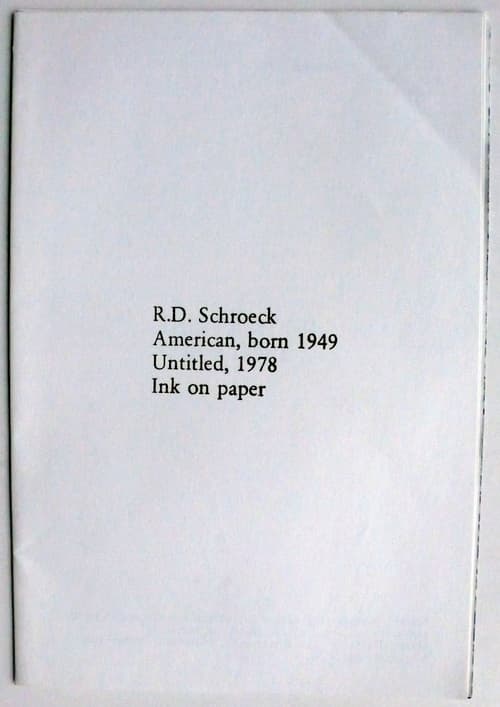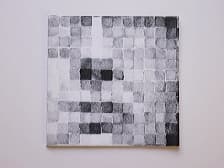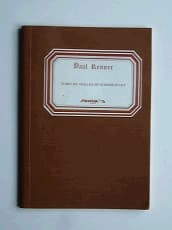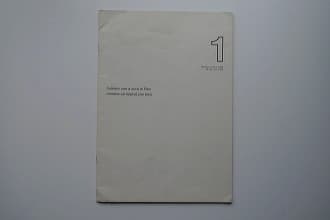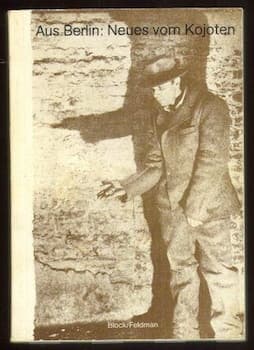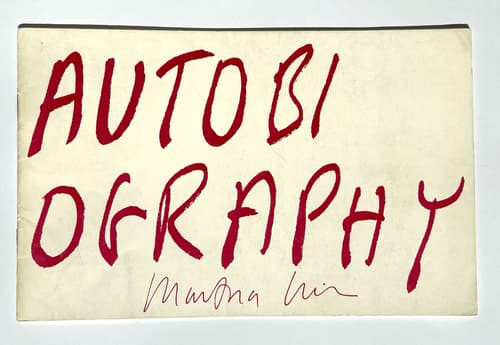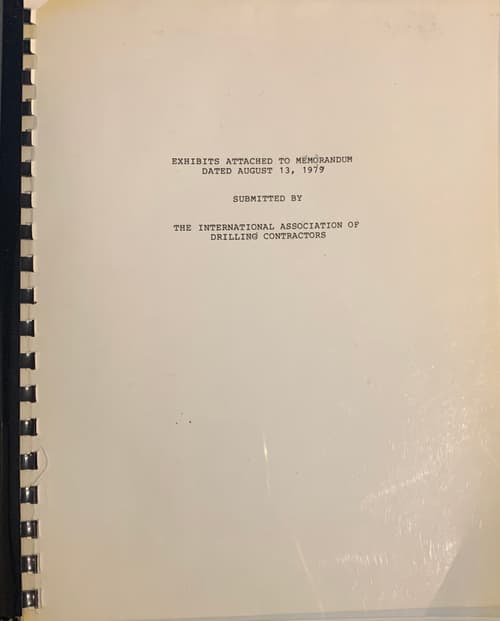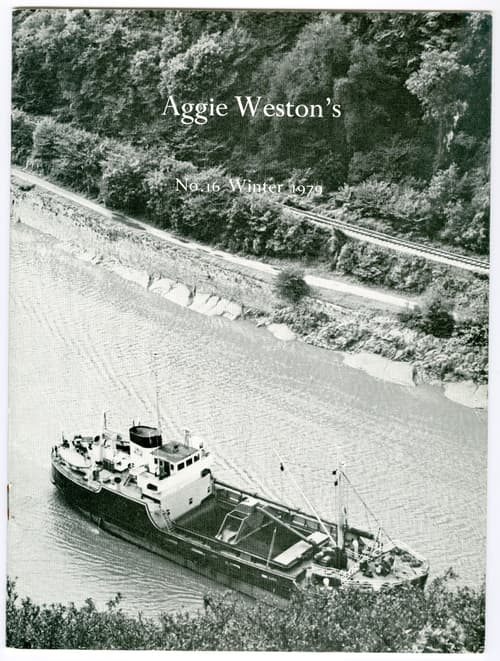Publisher Note
Abbott helped save the work of Eugène Atget, whose photography became classic, basic to the history and criticism of photography.
Working in and around Paris for some 35 years, in a career that bridged the 19th and 20th centuries, Eugène Atget created an encyclopedic, idiosyncratic lived portrait of that city on the cusp of the modern era. His career began around 1890, when he hung a shingle reading, “Documents pour artistes” (Documents for artists) on a studio door in Paris’s fifth arrondissement. The sign declared his modest ambition of providing other artists with images to use as source material in their own work, and included such categories as “landscapes, animals, flowers, monuments, documents, foregrounds for painters, reproductions of paintings,” as a friend elaborated in the journal Revue des Beaux-Arts.1
Atget’s entry into the field of photography coincided with a series of developments within the medium. The 1880s were a period of tremendous growth for professional and amateur photography alike, as its commercial and industrial applications expanded. The invention of dry-plate photography—which allowed photographic plates to be prepared in advance and developed in a darkroom later—made it easier to make photographs quickly, while the rise of photomechanical reproduction allowed for the widespread distribution of photographic images. Despite these advancements, Atget used a bulky view camera and large (18 x 24 cm) glass plates.
Around 1900, Atget’s focus shifted. The city’s urban landscape had been recently reshaped by the modernization campaign known as Haussmannization—a necessarily destructive process led by (and named after) Baron Georges-Eugène Haussmann that saw Paris’s medieval neighborhoods razed and transformed into wide avenues and public parks. Those changes, in turn, kindled a broad interest in vieux Paris (“old Paris”), the capital in its pre-Revolutionary, 18th-century form. Atget’s feeling for vieux Paris had been an integral part of his practice of making documents for other artists, but around 1900 that interest took center stage, as he established himself as a specialist in pictures of Paris. Indeed, his calling card from the period read, “E. Atget, Creator and Purveyor of a ‘Collection of Photographic Views of Old Paris.’”
Atget’s documentary vision proved highly influential, first on the Surrealists, in the 1920s, who found his pictures of deserted streets and stairways, street life and shop windows beguiling and richly suggestive (these were published in La Révolution surréaliste in 1926, with a fourth, of a crowd gathered to watch an eclipse, on the cover); and then on two generations of American photographers, from Walker Evans to Lee Friedlander. His reception outside France was also shaped by The Museum of Modern Art New York. In 1968 the Museum purchased the contents of his studio from the American photographer Berenice Abbott, who was first introduced to Atget’s work in 1925, while she was working as a studio assistant for Man Ray. Abbott became Atget’s posthumous champion, initiating the preservation of his archive and its transfer to New York.
Berenice Alice Abbott (1898 – 1991) was an American photographer best known for her portraits of between-the-wars 20th century cultural figures, New York City photographs of architecture and urban design of the 1930s, and science interpretation in the 1940s to 1960s.
| Publisher | |
|---|---|
| Release Place | Berkeley, CA, United States of America |
| Edition | 1st edition |
| Release Date | 1979 |
| Credits |
Author:
Artist:
|
| Identifiers |
ISBN-13:
978-0425035504
|
| Work | |
|---|---|
| Language | English |
| Object | |
|---|---|
| Format | Paperback |
| Dimensions | 24.4 × 32.0 cm |
| Interior | |
|---|---|
| Pages | 180 |
